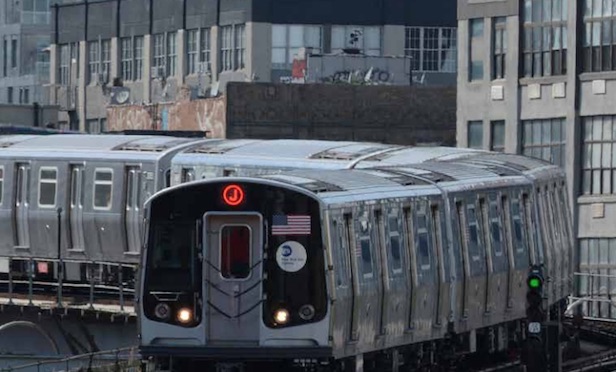
NEW YORK CITY—“Now is the time to think big and transform our network so it works big for all New Yorkers,” the MTA's New York City Transit president Andy Byford wrote in the executive letter introducing the MTA “Fast Forward” plan to overhaul and modernize the city's public transportation.
In the first five years, the plan will upgrade signal systems on five lines. The MTA says the Communication Based Train Control (CBTC) state-of-the-art signal systems up the efficiency, allowing trains to run more closely together and more reliably, increasing capacity and safety. The plan also upgrades power where needed. This will benefit three million daily riders, according to the MTA. It includes work on portions of the lines where the 4, 5, 6, A, C, E, F, M, R and G routes run.
This initial phase will also complete repair work at more than 150 stations, and add over 650 new subway cars, 1,200 CBTC-modified cars, 2,800 new buses and a new fare payment system. The MTA will also redesign bus routes in all five boroughs. More than 50 new stations will be made accessible with the goal of ensuring accessible station are within every two stops.
In the following five years, the CBTC signal system will be added to six new lines, which the MTA says will benefit five million daily riders. It will include work on major portions of the 1, 2, 3, B, D, F, M, A, C, N, R, Q and W routes. In this second phase, the transportation authority will add over 3,000 new subway cars and 2,100 new buses. It will repair more than 150 stations. More than 130 additional stations will be made accessible.
There are no plans to permanently end New York City's 24/7 subway system. Consistent with its historical and ongoing construction and repair work, the plan requires temporary closure of some lines on nights and weekends while work is completed.
The plan in a nutshell: The MTA will update subway signal and track infrastructure to increase performance, efficiency and safety. It will speed up the creation of a fully accessible subway system. It will make station repairs and improvements. The plan will add modernized subway cars and buses. The MTA will revamp local and express bus lines and simplify and add technology to the Access-A-Ride program.
An MTA spokesperson tells GlobeSt.com that the estimated costs have not yet been disclosed. He notes the MTA can move forward on its own with operating procedures. However, for capital expenditures, it is funded by city, state and federal sources, and by borrowed money. Every five years, the MTA creates a capital plan. It is approved by the MTA board, then is approved by the Capital Program Review Board comprising city and state representatives. The current MTA capital budget from 2015 through 2019 is $29 billion.
The spokesperson notes several of the improvements in the “Fast Forward” plan are already underway including the CBTC signal system with the 7 line. This is scheduled to be completed in 2018. The five-year capital plan for 2020 to 2024 will be drafted and submitted for review in 2019.
© Touchpoint Markets, All Rights Reserved. Request academic re-use from www.copyright.com. All other uses, submit a request to [email protected]. For more inforrmation visit Asset & Logo Licensing.







